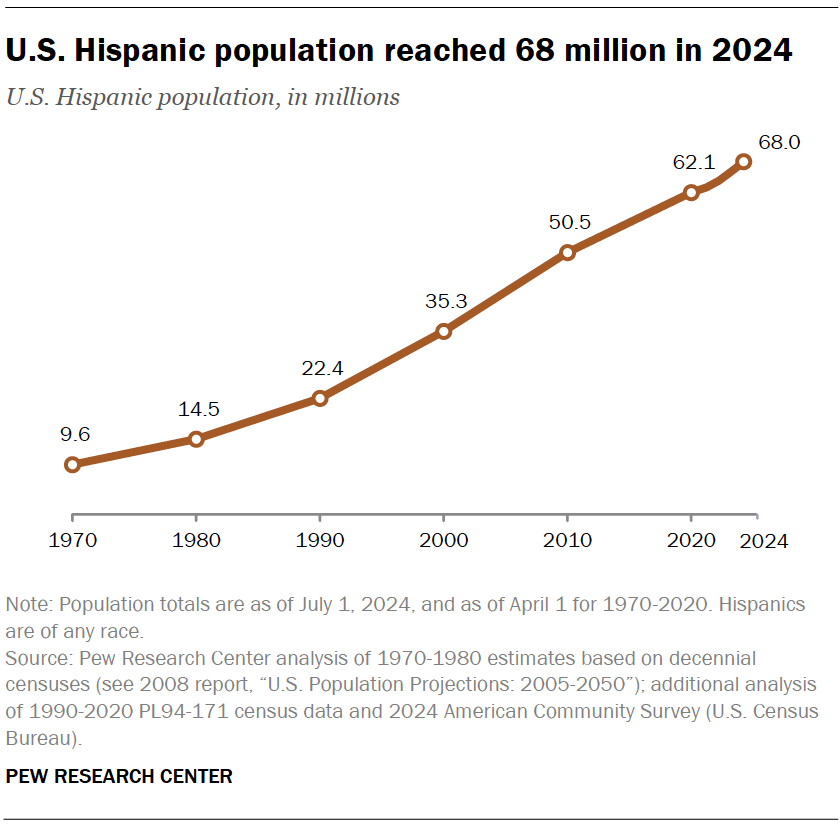Report on the Integration of Artificial Intelligence in Academic Research and its Alignment with Sustainable Development Goals
Introduction: AI as a Catalyst for Sustainable Development
Artificial intelligence (AI) is defined as technology enabling machines to simulate human learning, comprehension, and problem-solving. Its integration into academic and research environments presents a significant opportunity to advance several United Nations Sustainable Development Goals (SDGs). This report outlines how AI is being leveraged within the academic community to enhance research efficiency, promote quality education, and ensure equitable access to technology, thereby contributing to a more sustainable and innovative future.
Driving SDG 9: Industry, Innovation, and Infrastructure
The application of AI in scientific research is driving a profound shift, directly supporting the objectives of SDG 9 by fostering innovation and upgrading technological capabilities. AI tools are accelerating the pace of discovery and enhancing the research infrastructure.
- Enhanced Research Efficiency: In fields such as meta-analysis, AI has proven to be a game-changer. Professor Soyeon Ahn reports that by utilizing AI tools like SWIFT-Review and Abstrackr for a quantitative analysis of scholarly articles, her research team screened over 40,000 references, which resulted in a 53 percent reduction in labor and saved over 90 hours of work.
- Accelerated Output and Quality: According to lecturer Kent Lancaster, AI has had a considerable impact on generating computer software source code, statistical analyses, and deep research reporting. The technology produces a high quality and quantity of output at speeds incomparable to traditional human-led approaches.
Fostering SDG 4: Quality Education and Lifelong Learning
To ensure inclusive and equitable quality education, academic institutions are integrating AI into their pedagogical and research frameworks. This involves not only providing access to tools but also training students and faculty in their responsible and effective use.
- Provision of Advanced Tools: The University of Miami provides institutional subscriptions to several AI tools, including Copilot, Gemini, and ResearchRabbit, ensuring that students and researchers have access to cutting-edge technology to supplement their work.
- Structured Training and Workshops: To build capacity, University Libraries offer workshops, such as “Mastering AI for Research,” designed to help users become proficient with AI tools and methodologies.
- Promoting Critical Digital Literacy: A core component of this educational effort is teaching users to be skeptical of all AI-generated information. Educators emphasize that AI can “hallucinate” or fabricate information, making the critical skill of verifying data and sources more crucial than ever.
Advancing SDG 10: Reduced Inequalities
A primary objective in the deployment of AI is to ensure it does not widen existing disparities. The university’s strategy directly addresses SDG 10 by focusing on equitable access for its entire community.
- Commitment to Equitable Access: Chief Artificial Intelligence Officer David Wayne stated, “Our commitment is to enhance our operational excellence through equitable access to AI.”
- Free Enterprise Tools: A key part of this commitment is providing free access to enterprise-level AI tools, which covers the majority of use cases for students and researchers, ensuring that financial barriers do not limit technological access.
- Centralized Information Hubs: Resources such as the “AI Tools at the U” and the “AI Research Guide” provide comprehensive and accessible lists of available tools, promoting transparency and equal opportunity for all community members.
Challenges and Responsible Implementation for Sustainable Innovation
The responsible implementation of AI requires acknowledging its limitations and establishing protocols for its use, aligning with the principles of sustainable and ethical innovation central to the SDGs.
Identified Limitations and Mitigation Strategies
- Information Accuracy: The potential for AI to generate plausible but incorrect information is a significant risk. The primary mitigation strategy is the mandatory and rigorous verification of all AI outputs, including the substance of its reports and the sources it cites.
- Data Access Restrictions: A notable technical limitation is the inability of most AI platforms to access information behind academic paywalls, which can restrict the comprehensiveness of literature reviews.
- User Proficiency and Prompt Engineering: The quality of AI-generated results is often limited by the user’s ability to write effective prompts. This underscores the importance of continuous training and skill development to maximize the technology’s potential.
SDGs Addressed in the Article
-
SDG 4: Quality Education
The article is centered on the use of AI within a university setting, directly involving students, academics, and researchers. It discusses how the University of Miami is integrating AI into its academic and research activities by providing tools and training, which aligns with the goal of ensuring inclusive and equitable quality education and promoting lifelong learning opportunities.
-
SDG 9: Industry, Innovation, and Infrastructure
The core subject of the article is Artificial Intelligence, a key technological innovation. It details how AI is being used to enhance scientific research, making it more efficient and powerful. The university’s actions, such as appointing a Chief Artificial Intelligence Officer and providing institutional access to AI tools, represent building resilient infrastructure to foster innovation.
-
SDG 8: Decent Work and Economic Growth
The article highlights significant productivity gains achieved through AI. The example of reducing labor by 53% and saving over 90 hours of work directly relates to increasing economic productivity through technological upgrading. Furthermore, training students and researchers in AI equips them with advanced skills relevant for future employment and decent work.
Specific SDG Targets Identified
SDG 4: Quality Education
-
Target 4.3: By 2030, ensure equal access for all women and men to affordable and quality technical, vocational and tertiary education, including university.
The article supports this target by describing the University of Miami’s commitment to “enhance our operational excellence through equitable access to AI” and its policy to “provide free access to enterprise tools that cover the majority of AI use cases for students and researchers.”
-
Target 4.4: By 2030, substantially increase the number of youth and adults who have relevant skills, including technical and vocational skills, for employment, decent jobs and entrepreneurship.
The university actively works towards this target by offering Zoom workshops like “Mastering AI for Research” to help users become more familiar with AI tools. The article also emphasizes the importance of learning to “write prompts that generate the results you are after,” which is a critical technical skill for using AI effectively.
SDG 9: Industry, Innovation, and Infrastructure
-
Target 9.5: Enhance scientific research, upgrade the technological capabilities of industrial sectors in all countries…encouraging innovation…
The article directly addresses this target by stating that “AI is now driving a profound shift in scientific research and clinical practices.” The use of AI tools to “stream through hundreds of academic publications” and perform meta-analyses is a clear example of enhancing scientific research through technology.
-
Target 9.c: Significantly increase access to information and communications technology and strive to provide universal and affordable access to the Internet in least developed countries.
While the context is not a least developed country, the principle of increasing access to technology is central. The university’s provision of subscriptions to several AI tools and the creation of resources like the “AI Research Guide” and “AI Tools at the U” directly contribute to increasing access to advanced information and communications technology for its community of students and researchers.
SDG 8: Decent Work and Economic Growth
-
Target 8.2: Achieve higher levels of economic productivity through diversification, technological upgrading and innovation…
This target is explicitly supported by the quantifiable evidence presented in the article. The research team’s experience of “reducing our labor by 53 percent and saving us over 90 hours of work” by using AI tools is a direct demonstration of achieving higher productivity through technological upgrading.
Indicators for Measuring Progress
Indicators for SDG 4 Targets
- For Target 4.3 (Equal Access): The article mentions the university’s commitment to providing “free access to enterprise tools.” A direct indicator is the number and variety of AI tools made available to all students and researchers at no cost.
- For Target 4.4 (Relevant Skills): An implied indicator is the number of participants in university-led AI workshops, such as the “Mastering AI for Research” session mentioned. Another would be the usage rates of the university-provided AI tools, which would suggest skill adoption.
Indicators for SDG 9 Targets
- For Target 9.5 (Enhance Scientific Research): A specific indicator mentioned is the reduction in time and labor required for research tasks. The article quantifies this as a “53 percent” reduction in labor and “over 90 hours” of work saved on a specific project.
- For Target 9.c (Increase Access to ICT): An implied indicator is the number of students and faculty who utilize the university’s subscriptions to AI tools like Copilot, Gemini, and ResearchRabbit, as listed on the “AI Tools at the U” and “AI Research Guide” pages.
Indicators for SDG 8 Targets
- For Target 8.2 (Productivity): The article provides a direct indicator of productivity gains in research. The metric “reducing our labor by 53 percent and saving us over 90 hours of work” serves as a quantifiable measure of increased productivity resulting from the use of AI technology.
Summary Table: SDGs, Targets, and Indicators
| SDGs | Targets | Indicators |
|---|---|---|
| SDG 4: Quality Education |
4.3: Ensure equal access to quality tertiary education.
4.4: Increase the number of people with relevant skills for employment. |
– Provision of “free access to enterprise tools” for all students and researchers.
– Number of participants in AI training workshops (e.g., “Mastering AI for Research”). |
| SDG 9: Industry, Innovation, and Infrastructure |
9.5: Enhance scientific research and upgrade technological capabilities.
9.c: Increase access to information and communications technology (ICT). |
– Quantifiable reduction in research labor time (e.g., “reducing our labor by 53 percent”).
– Number of institutional subscriptions to AI tools and comprehensive guides available to the university community. |
| SDG 8: Decent Work and Economic Growth | 8.2: Achieve higher levels of economic productivity through technological upgrading. | – Percentage of labor reduction and hours of work saved on research tasks (“53 percent” and “over 90 hours”). |
Source: news.miami.edu







